The 10 best designer places and products in Europe
Interior designer Martin Waller, described as the ‘modern-day Indiana Jones’, discusses his favourite 10 pieces and places across Europe with Kate Nicholson
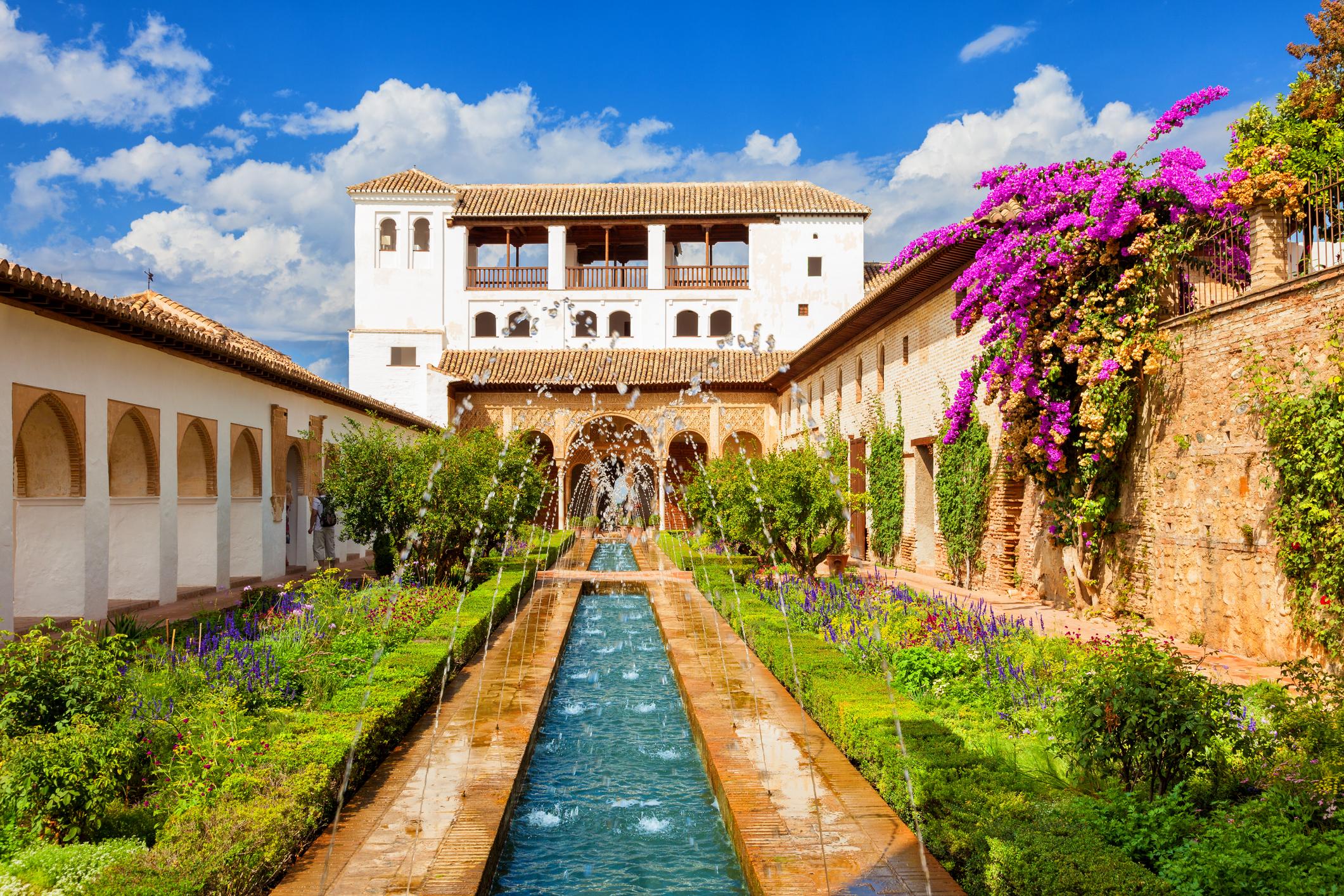
Co-founder behind Andrew Martin, the internationally renowned design brand, Martin Waller has earned the nickname “Indiana Jones” for his curiosity about life beyond our British borders.
Just one glance at his Walton Street showroom of treasures, complete with rhino sculptures and Amazonian-inspired fabrics, makes it clear that travel is at the very heart of his design ethos.
He even set up the Andrew Martin International Interior Design of the Year Awards – now dubbed the Oscars of the design sphere – in 1996 to give recognition to talent around the world.
The Kenyan-born designer is fascinated by how geography can alter style, particularly as he believes the UK is “famously eclectic and influenced by everything else” which has come to define our “quintessentially British” taste.
With that in mind, Martin took us on a whistle-stop tour of the very best pieces of influential and ingenious design across Europe, from historical treasures such as the Bayeux Tapestry to the modern day coffee machine.
Guggenheim Museum, Bilbao, Spain
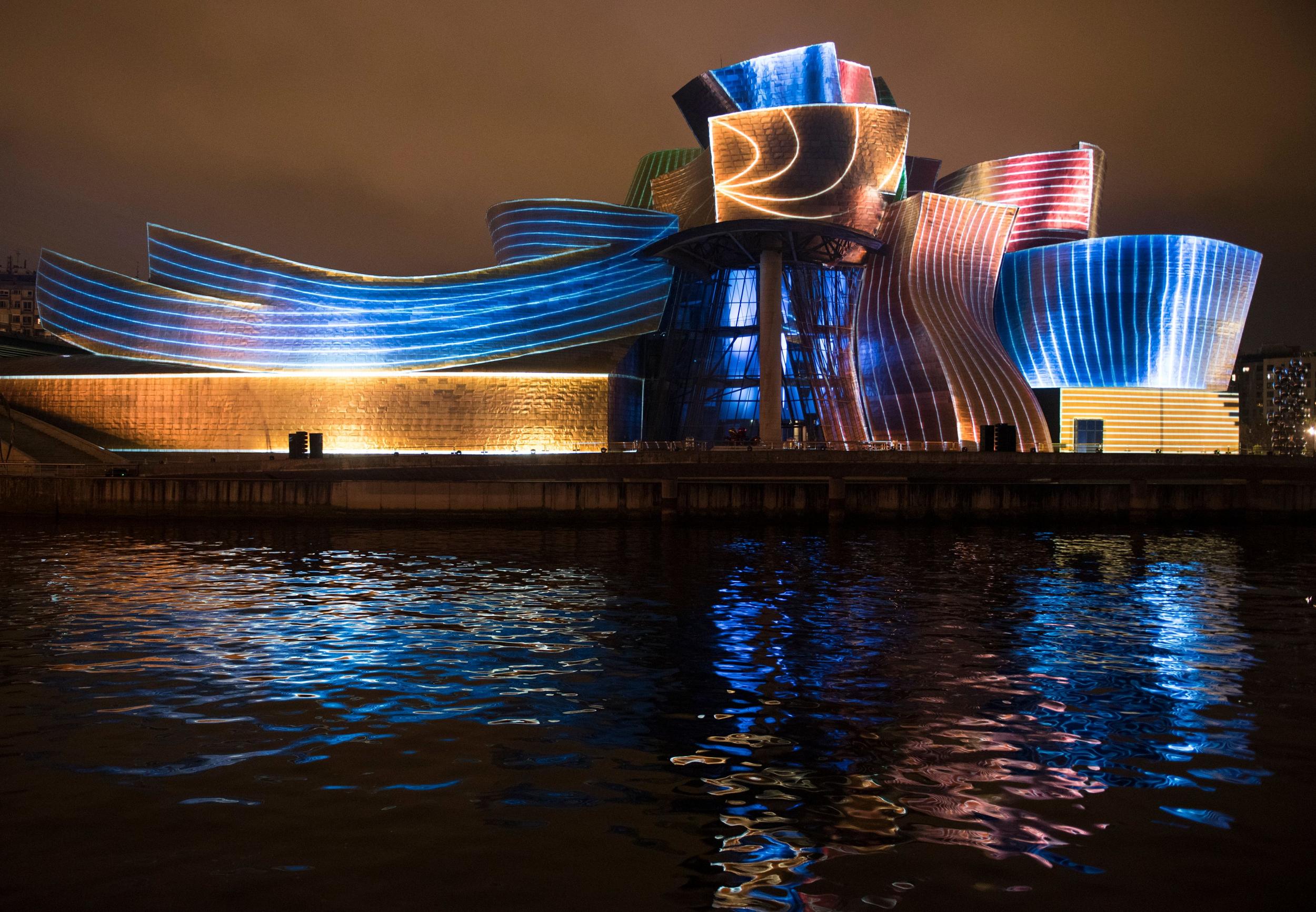
The first Guggenheim museum was founded in the 1930s as a way to store the eccentric art collection of the American collector, Guggenheim. Now there are four Guggenheim museums in New York, Abu Dhabi, Venice and Bilbao, all of which are hailed as architectural masterpieces in their own right. (AFP/Getty)
“Bilbao was this industrial city, down on its luck in the post-industrial age,” says Martin. “Then they built the Guggenheim. My favourite architect in all the world designed it – Frank Gehry. I love Frank Gehry.
“The museum has made Bilbao just an astonishing destination for visitors – it has completely revived the city. It’s all about the power of architecture and art to transform urban living. It’s just brilliant – the thing about the Guggenheim is that it’s full of interesting and wonderful things, but the museum is more about the building more than what is inside it. I even ‘stole’ the idea of an LED ticker feature from the outside pillars of the museum and brought it here, to my showroom.”
Bayeux Tapestry, Normandy, France
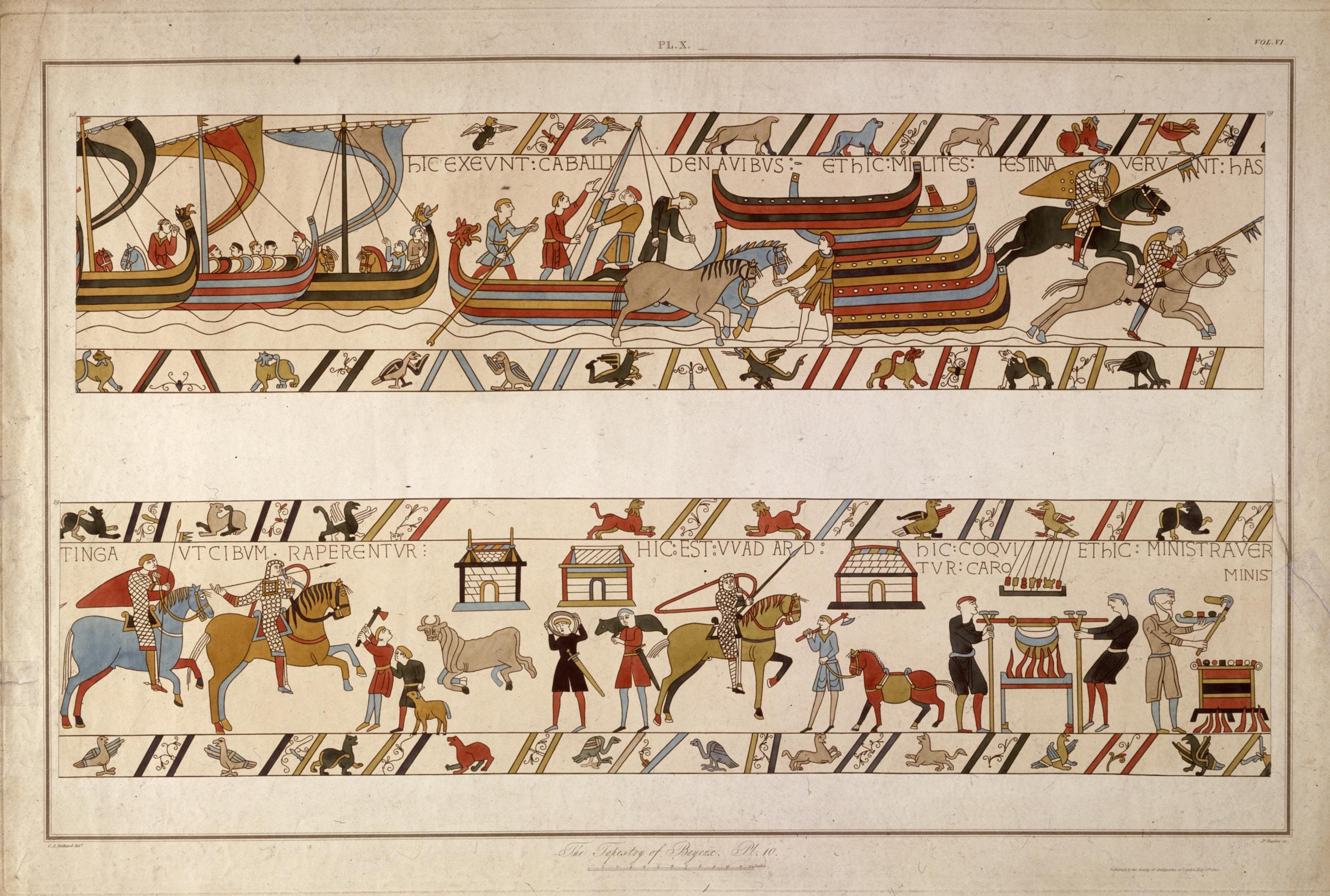
The Bayeux Tapestry tells the story of the Battle of Hasting and the conquest of England in 1066. Seventy metres long and almost 1,000 years old, its survival as an artefact is miraculous. (Getty)
“It must be the most famous, original, historical document in the world. It was written by those who knew the people who fought in the Battle of Hastings and believed to have been commissioned by the Normans, but made by the Anglo-Saxons. It is the ultimate ‘we were there’ document which really doesn’t come about again. Even if you think of the 100 Years War, or the Battle of Waterloo, Bayeux is the only immediate, dramatic story of what was happening before the age of photography – and it has survived a thousand years.
“I think the one year that every schoolboy knows is 1066 and everybody has ingrained in their brain the image of Harold with an arrow in his eye. It’s part of our national DNA.”
Celestial domes from Greek Islands
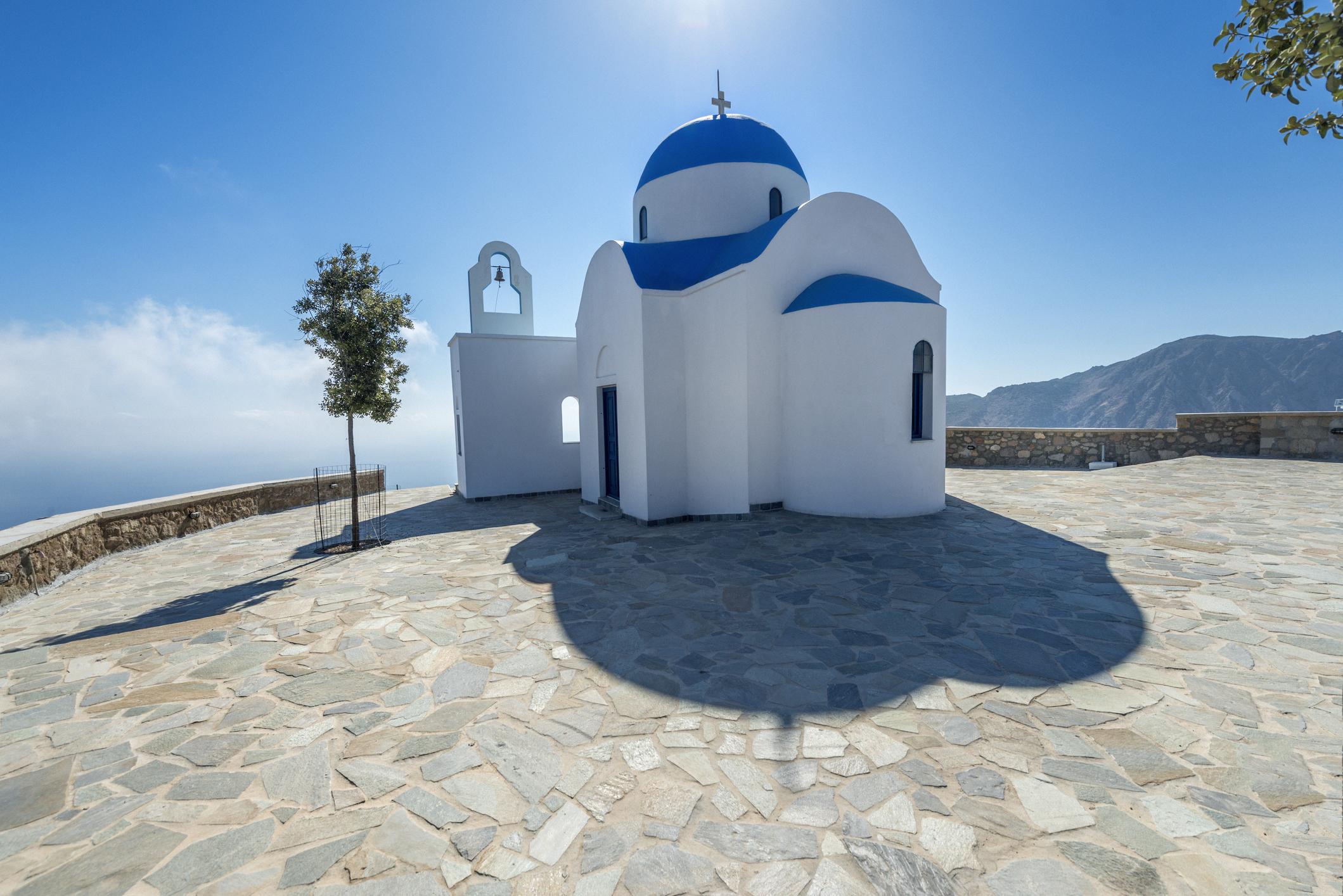
A deeply Christian Orthodox country, Greece has a multitude of religious sites among its islands. They have become one of the nation’s greatest tourist attractions, steeped in history and architectural beauty. (Getty/iStock)
“If you go down to the Greek islands – where you can barely get anything but feta cheese – you will find these little churches with astonishing dome ceilings. It’s absolutely beautiful and somehow, because the art isn’t as grand as you get in Florence, Rome or Venice, and it’s not painted by the great masters, it has a kind of intimacy that you don’t necessarily get elsewhere.
“The domes create a shaft of light which comes in and contributes to the power of a place that has been worshipped in for thousands of years. I’m an atheist, but they’re very moving places.”
Gaggia Industrial Coffee Maker, Italy
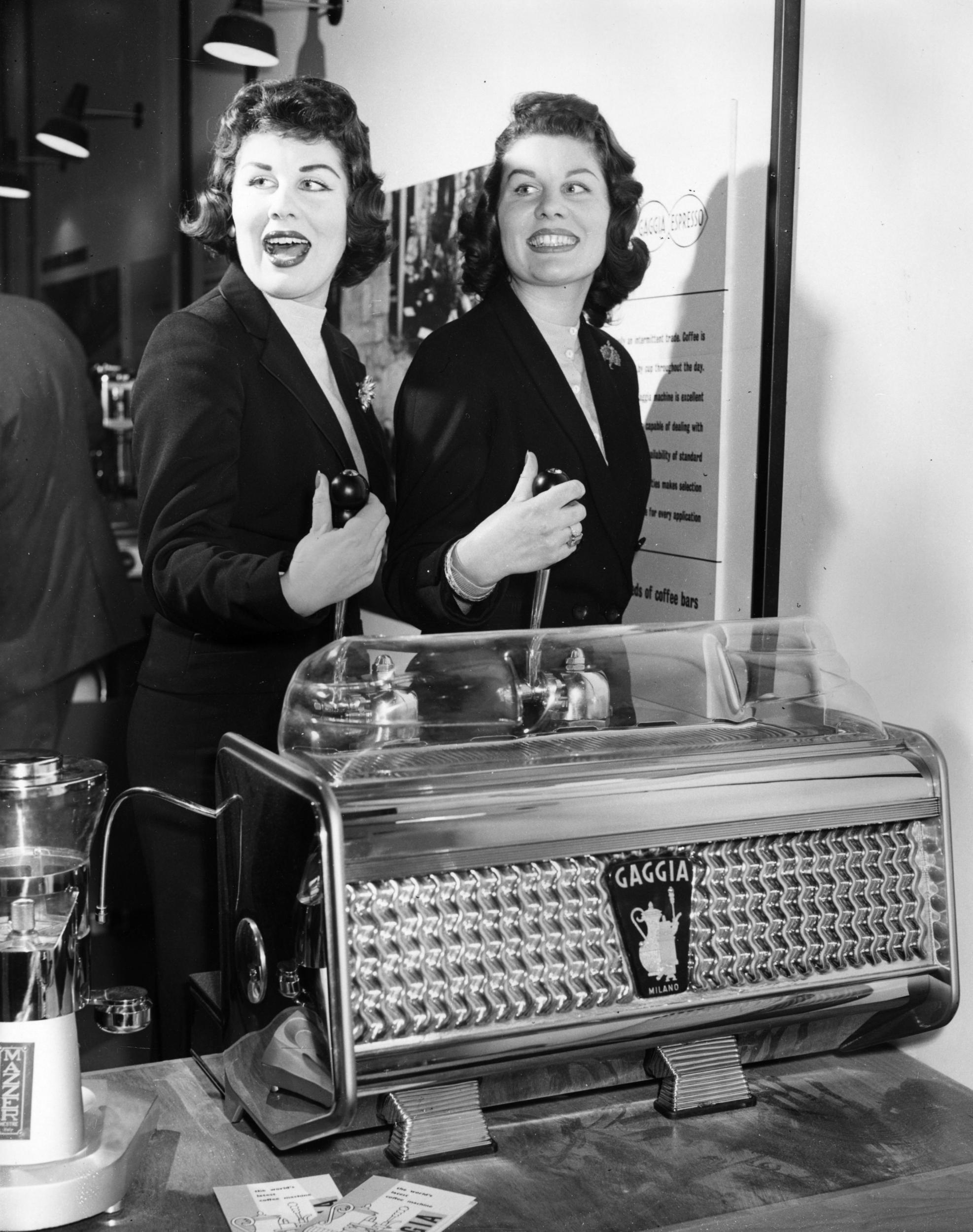
In a quest to find the perfect espresso in the 1930s, Achille Gaggia created the world’s first steamless coffee maker. Eighty years later, the legacy of that machine lives on through the Gaggia name and the espresso with a soft layer of “cream” that we see in every UK cafe today. (Getty)
“I’m a coffee addict – literally,” Martin admits, “I probably have four espressos when I get up in the morning. I can’t do anything without it. Gaggia invented the espresso machine, which I really think is key for business. Forget Dante, forget Roberto Baggio, the famous footballer – this is Italy’s great contribution to civilisation.”
Gardens of Alhambra, Grenada, Spain

Alhambra Palace is surrounded by the Sierra Nevada mountains, and was primarily constructed over the reigns of three different Spanish Moors between the 13th and 14 century, while the Arab gardens represent the idea of paradise in the Muslim culture. (Getty)
“While the Palace of Alhambra did develop over time, I always think that there’s a poignancy to that kind of golden age of Islam in Europe when it was the centre of learning and Timbuktu had universities before anywhere like Oxford.
“I think gardens, in particular, are a marker of civilisation. Think of Versailles or Madame Pompadour's gardens – they are one of humanity’s great demonstration of civilisation and peace, a symptom of a golden age. Gardens only flourish when everything is in place – if you’re in the midst of famine or revolution or invasion, they suffer.”
Steiff Teddy bear factory, Giengen, Germany
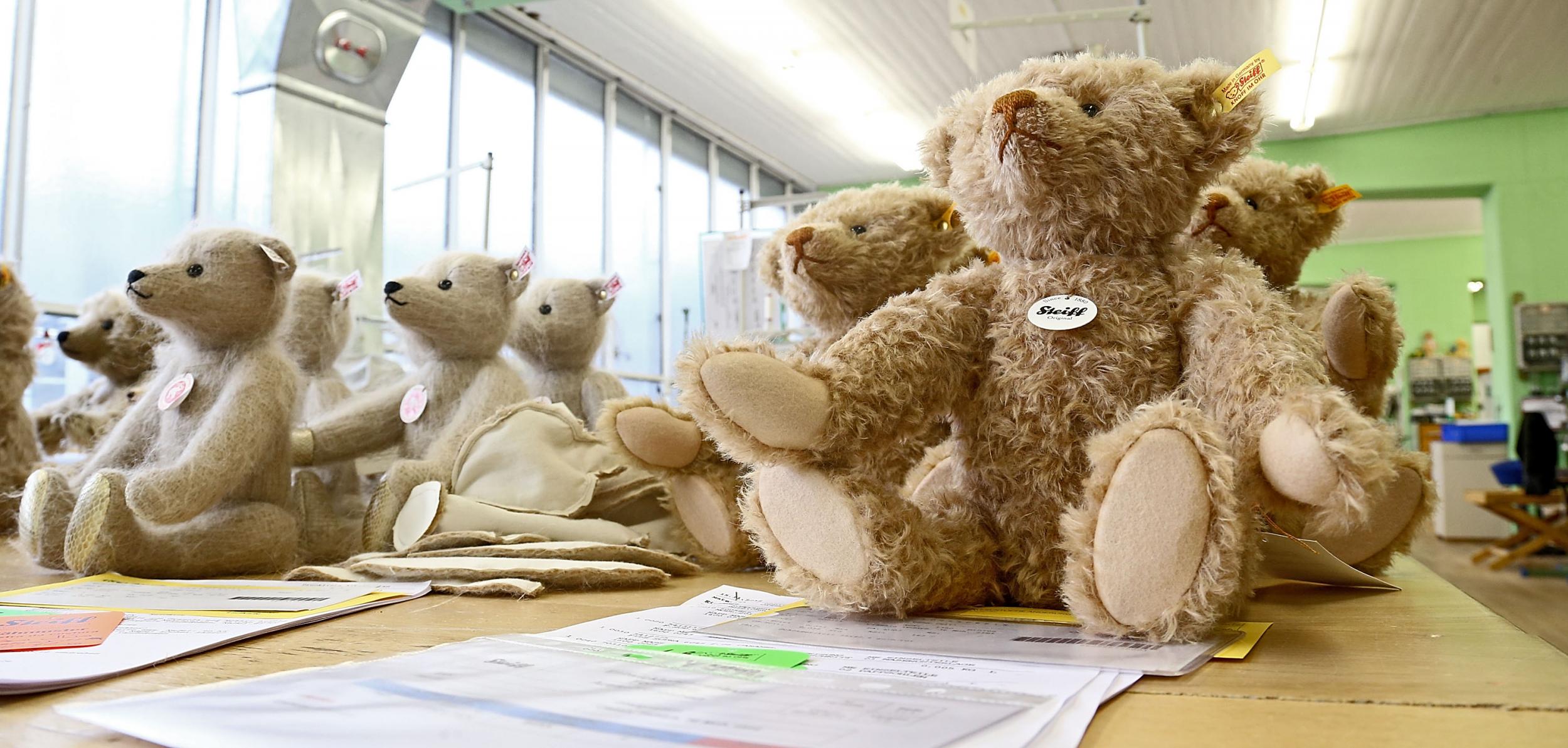
Steiff teddy bears were the world’s first toy bear with jointed arms and legs, named after the US President Theodore “Teddy” Roosevelt in the early 1900s. The popularity of the toy bear led to Steiff becoming a household name worldwide. (Getty)
“Steiff were the first people to make a teddy bear. The first thing they made was an elephant in the 1870s. I almost recreated it for Andrew Martin, but just didn’t at the last minute – I always regretted it.
“I was at Christie’s auction house once when this Steiff teddy bear was sold for £92,000. It was black, produced in commemoration of the Titanic. No one wanted the 1925 teddy bear at the time of production because it had such sad connotations, so it is a rare find now. Steiff bears are very, very collectable – my daughter has 30 or 40 in a cabinet.”
Ice Hotel, Jukkasjärvi, Sweden
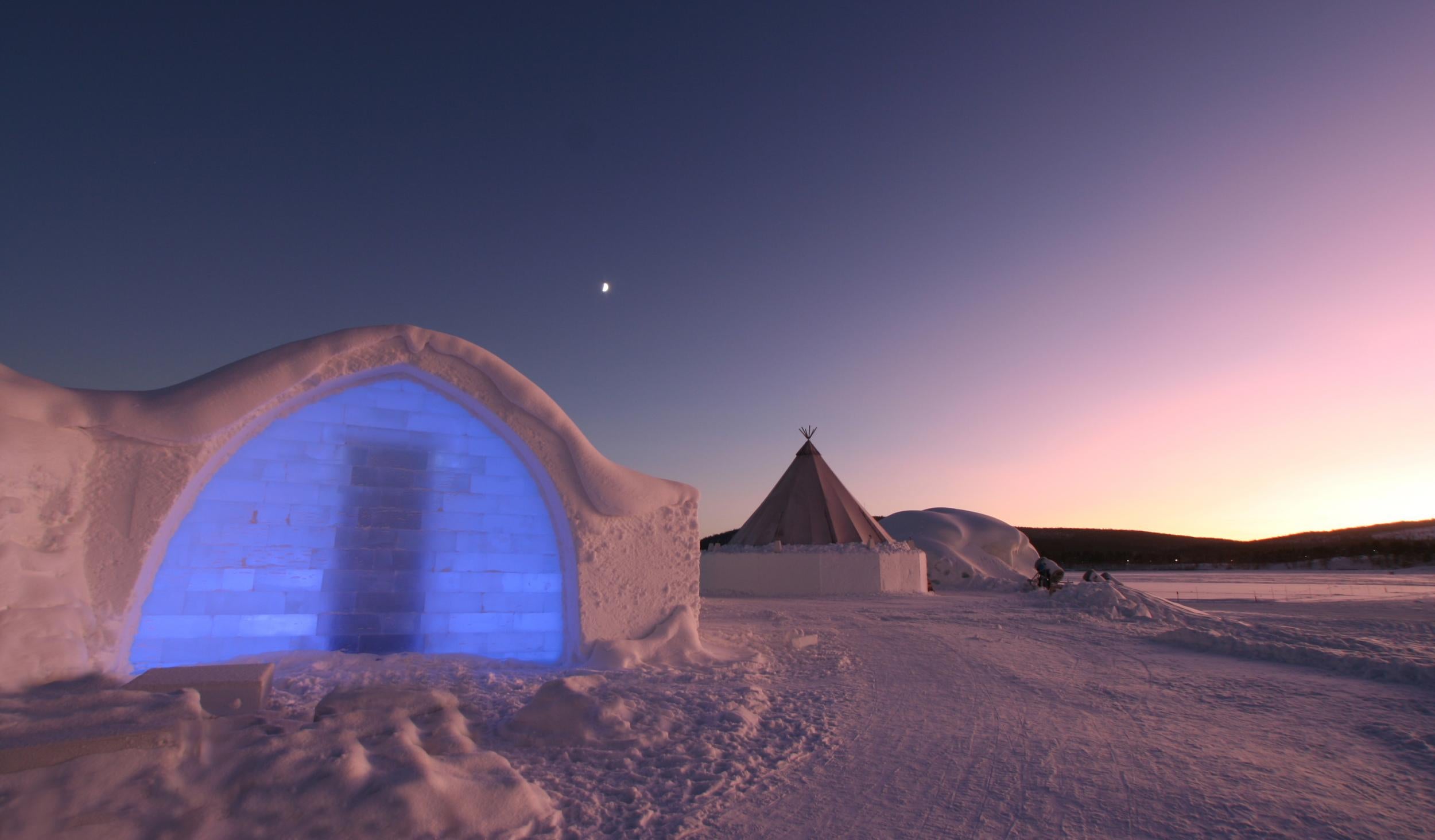
The Ice Hotel is made up of 1,600 tons of snow and ice borrowed from the Tornby River. It is 200km north of the Arctic Circle, and guests can expect the room temperature to be around -7C. (Getty/iStock)
“This hotel is made entirely of ice and so must be rebuilt every year. It is fantastically uncomfortable to stay there but nevertheless you still want to. I must have been there 20 years ago – it is very memorable, but you don’t rush back to stay there! It is so beautiful.
“I always think that there’s something wonderful about beauty that’s temporary – although everything is temporary – the idea that it melts and disappears. Of course, it used to be much colder, whereas children in the south of Britain barely see snow now. The whole idea of the hotel appeals to the child within.”
The Oseberg Ship in the Viking Ship Museum, Oslo, Norway
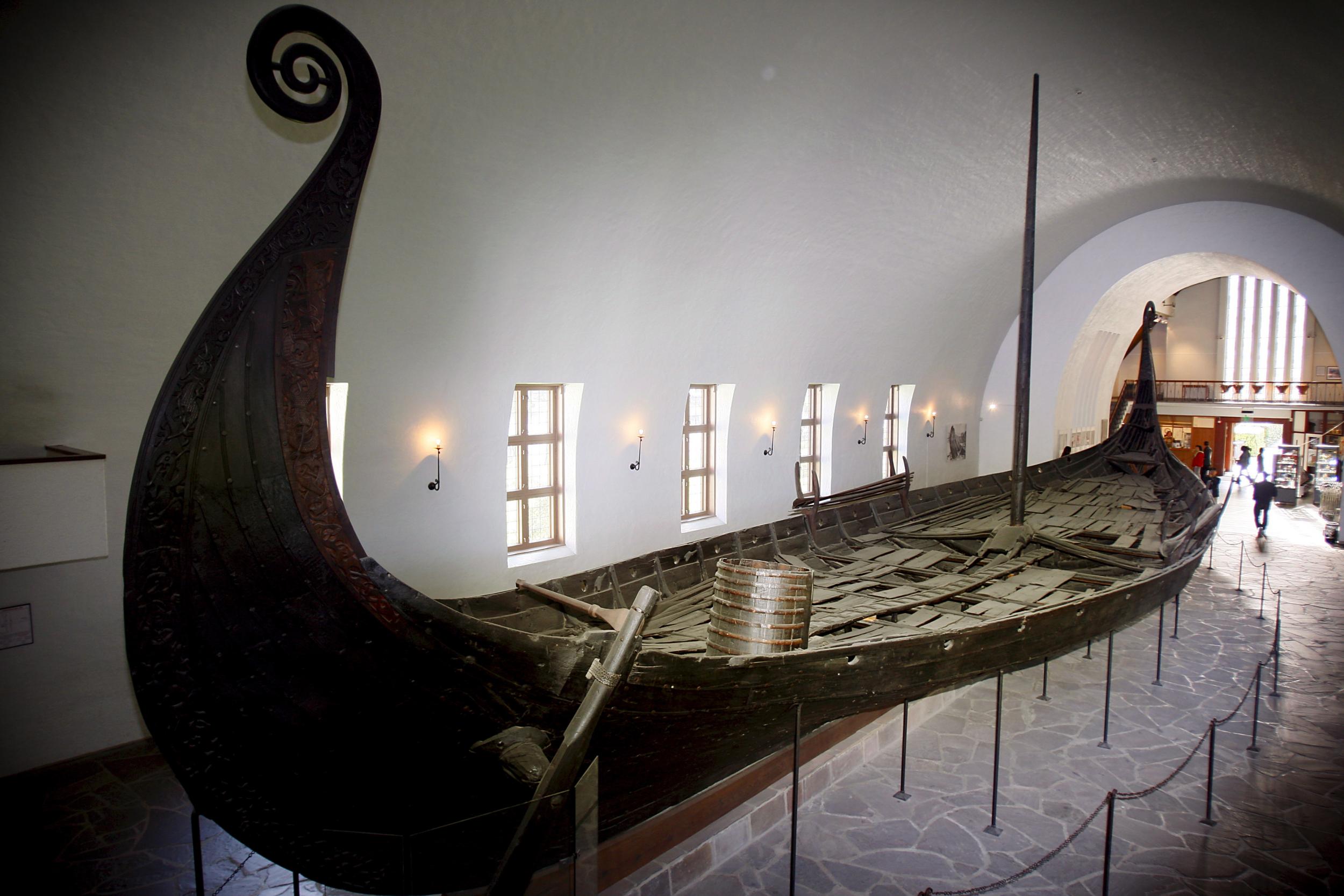
The Oseberg ship is widely regarded as one of the world’s best preserved Viking ships, unearthed in a burial mound in 1904. A majestic piece which stands at 21.5 metres long and 5 metres wide, it is covered in elaborate carvings. (EPA)
“When I was a kid, I was very gripped by The Vikings film with Kirk Douglas and Tony Curtis – at the end of the 1950s it was the thing. So my impression of the Vikings is coloured by seeing that film. Modern historians say they didn’t wear horns and that kind of thing, but I don’t believe it. I saw it in the Kirk Douglas film so it must be true!
“The ship is, of course, an extraordinary thing and academically important. But for me, its power is a physical manifestation of a boyhood fascination with the Vikings, together with the residual shiver of fear that has been inherited through the centuries.”
Kasteel van’s-Gravenwezel, 12th century castle near Antwerp, Belgium
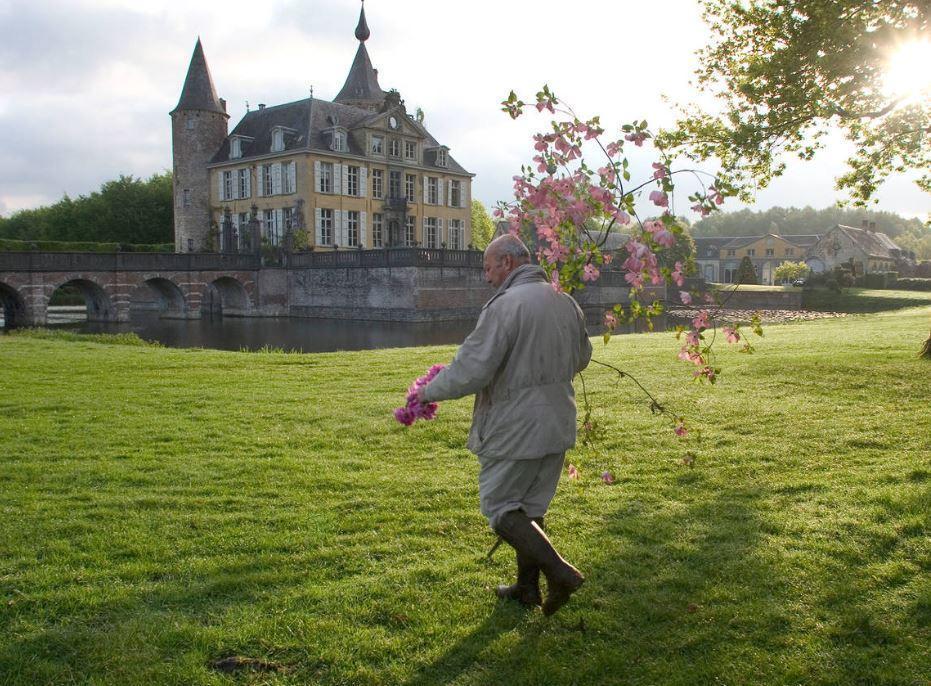
Axel Vervoordt is a Belgian designer and antiques collector with over half a century of experience under his belt. One of his most well-known pieces is his own home: a 12th century castle complete with a moat and 62 acres. (Alamy)
“Axel is one of the most influential European designers of my generation. He has this exquisite castle and his decoration style is the most restrained and magical. For example, he has a circular room and all he has in it is one huge Anish Kapoor sculpture. It just fits the room perfectly. He uses both light and shadow, and there is an austerity to his work, but a comfort as well. The castle is beautiful, absolutely beautiful. There’s no fuss in his work.
“Our brand Andrew Martin presented him with our annual ‘Interior Designer of the Year’ one year –he is a huge figure in our world, but he was still absolutely thrilled to win this award. He is an inspiration.”
Alfredo’s, Rome, Italy
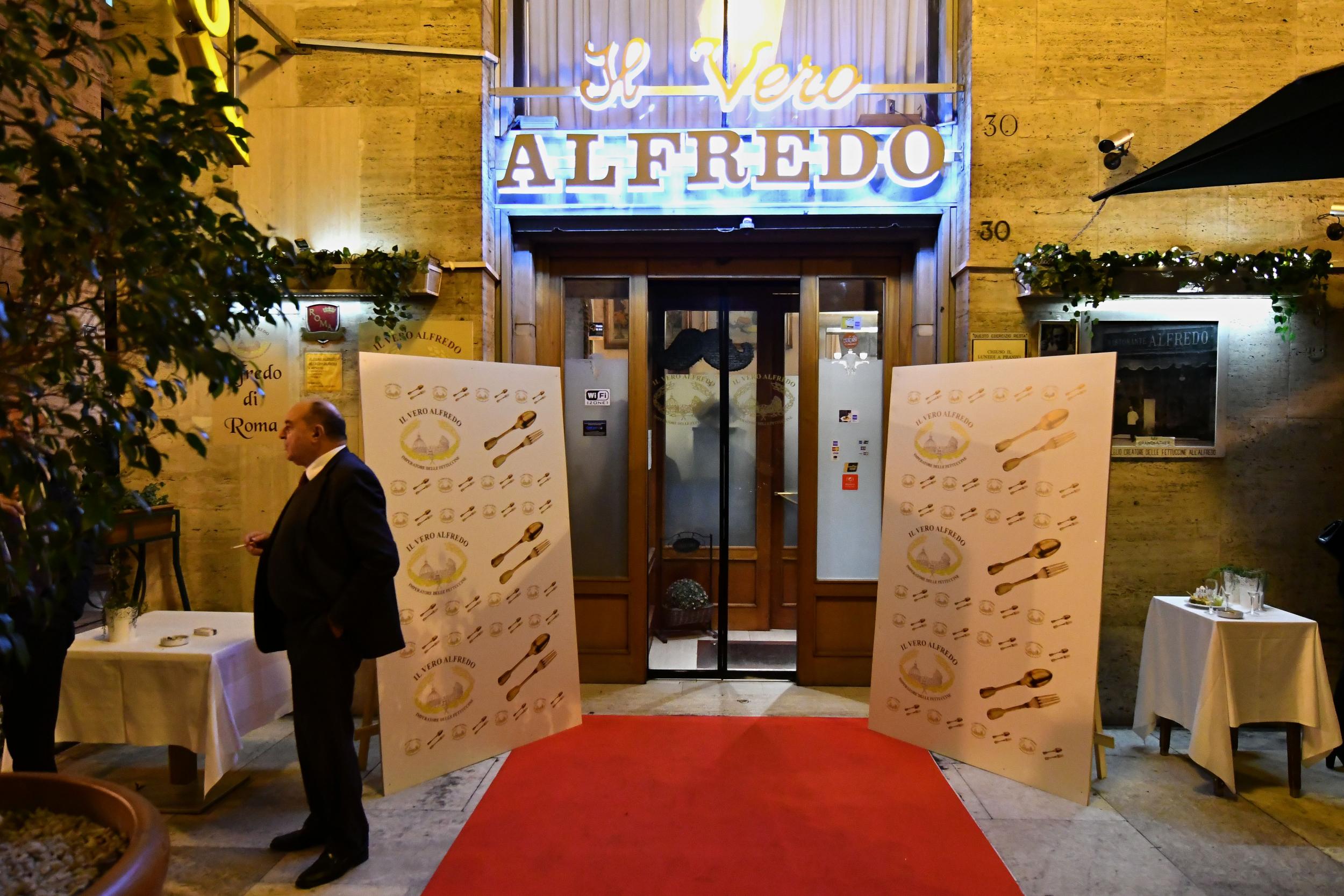
Alfredo’s restaurant has sat in the centre of Rome for over a century, a family-run business passed down through the generations. Alfredo III and his sister now run the reputable establishment, where celebrities from JFK to Sylvester Stallone have enjoyed its famous pasta dish. (AFP/Getty)
“Alfredo’s is absolutely essential in Rome. If you’re a grand food critic, you just think it’s a tourist restaurant, but everybody ate there. It’s so memorable and now, if you go to your local Italian, you will see the Fettuccine Alfredo dish.
“Even Douglas Fairbanks and Mary Pickford – the greatest stars of their day – ate there in the 1920s and then gave Alfredo a solid gold spoon and fork as a gift. If you go to Alfredo’s now, you can ask for a solid gold spoon – and there aren’t many restaurants in the world where you can eat with gold. The cutlery was engraved with ‘To Alfredo, the King of Noodles’.”
Join our commenting forum
Join thought-provoking conversations, follow other Independent readers and see their replies
Comments
Bookmark popover
Removed from bookmarks